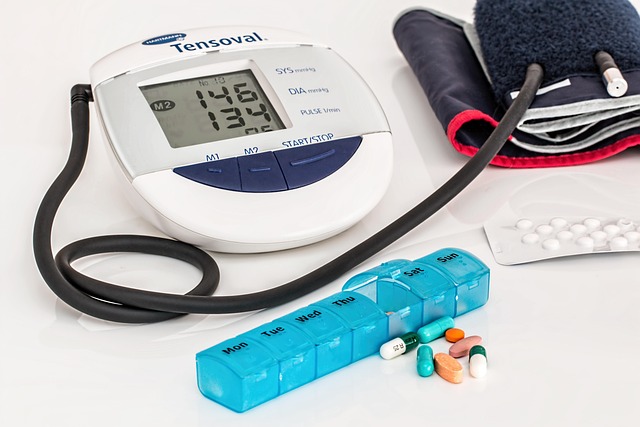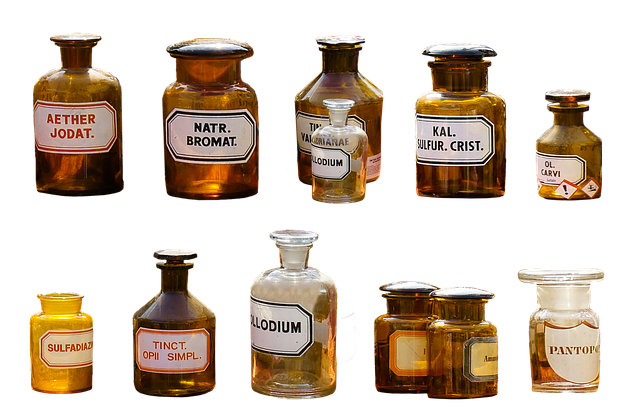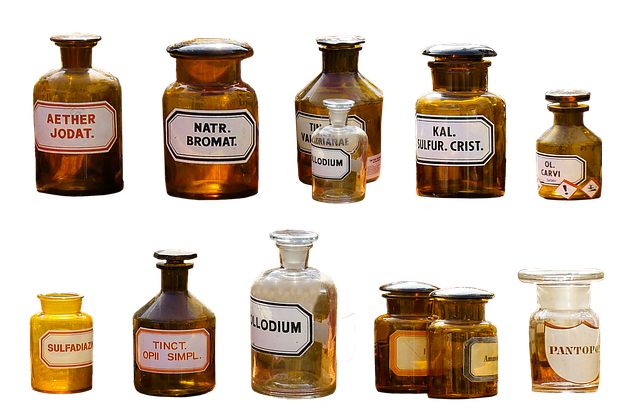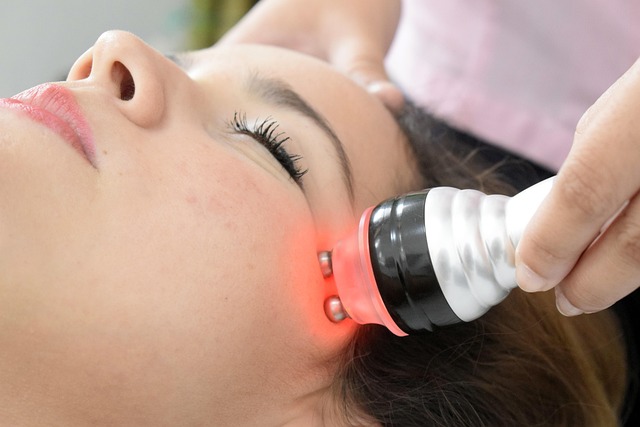
Sun Exposure
Understanding Sun Exposure
Sun exposure is a natural part of life, offering benefits such as vitamin D production, which is essential for bone health. However, it also comes with risks that can affect the skin, eyes, and overall health. This guide aims to provide a comprehensive overview of sun exposure, its effects, and how to protect oneself effectively.
The Benefits of Sun Exposure
Moderate sun exposure is vital for the body. When skin is exposed to sunlight, it synthesizes vitamin D, which plays a crucial role in calcium absorption and bone strength. A little sun can also elevate mood and promote a sense of well-being. However, it is essential to strike a balance to enjoy these benefits without incurring damage.
The Risks of UV Exposure
While sunlight is beneficial, overexposure to ultraviolet (UV) rays can lead to several health issues:
- Skin Damage: Prolonged exposure can cause sunburn, premature aging, and skin discoloration.
- Eye Damage: UV rays can harm the eyes, leading to conditions such as cataracts and macular degeneration.
- Immune System Suppression: Excessive UV exposure can weaken the immune system, making the body more susceptible to infections.
- Increased Cancer Risk: The most serious risk associated with UV exposure is skin cancer, including melanoma, which can be life-threatening.
When Are You Most at Risk?
Understanding when you are most vulnerable to UV rays is crucial for effective sun protection. The risk is heightened in the following situations:
- Near the Equator: Locations closer to the equator receive more intense sunlight.
- During Summer Months: UV radiation levels are at their peak during summer.
- At High Elevations: The thinner atmosphere at higher altitudes allows more UV rays to reach the skin.
- Between 10 AM and 4 PM: This time frame is when the sun's rays are the strongest.
- On Cloudy Days: Up to 80% of UV rays can penetrate clouds, leading to unexpected exposure.
- Reflective Surfaces: UV rays can reflect off surfaces like water, sand, and snow, increasing exposure even in shaded areas.
Protecting Yourself from the Sun
To enjoy the sun safely, consider the following protective measures:
- Use Sunscreen: Apply a broad-spectrum sunscreen with an SPF of at least 30. Reapply every two hours, or more frequently if swimming or sweating.
- Wear Protective Clothing: Long sleeves, wide-brimmed hats, and UV-blocking sunglasses can shield the skin and eyes from harmful rays.
- Avoid Indoor Tanning: Contrary to popular belief, a “base tan” does not provide adequate protection and can lead to skin damage.
- Seek Shade: Whenever possible, stay in shaded areas, especially during peak sun hours.
- Stay Hydrated: Drink plenty of water to maintain hydration, as sun exposure can lead to dehydration.
Conclusion
Sun exposure is a double-edged sword; while it offers essential health benefits, it also poses significant risks. By understanding the nature of UV rays and taking proactive measures to protect oneself, individuals can enjoy the sun safely. Remember, a little sun can go a long way, but safeguarding your skin and health should always be a priority.




















 Finding Relief: Nausea Remedies That Work
Finding Relief: Nausea Remedies That Work 
 Health
Health  Fitness
Fitness  Lifestyle
Lifestyle  Tech
Tech  Travel
Travel  Food
Food  Education
Education  Parenting
Parenting  Career & Work
Career & Work  Hobbies
Hobbies  Wellness
Wellness  Beauty
Beauty  Cars
Cars  Art
Art  Science
Science  Culture
Culture  Books
Books  Music
Music  Movies
Movies  Gaming
Gaming  Sports
Sports  Nature
Nature  Home & Garden
Home & Garden  Business & Finance
Business & Finance  Relationships
Relationships  Pets
Pets  Shopping
Shopping  Mindset & Inspiration
Mindset & Inspiration  Environment
Environment  Gadgets
Gadgets  Politics
Politics 